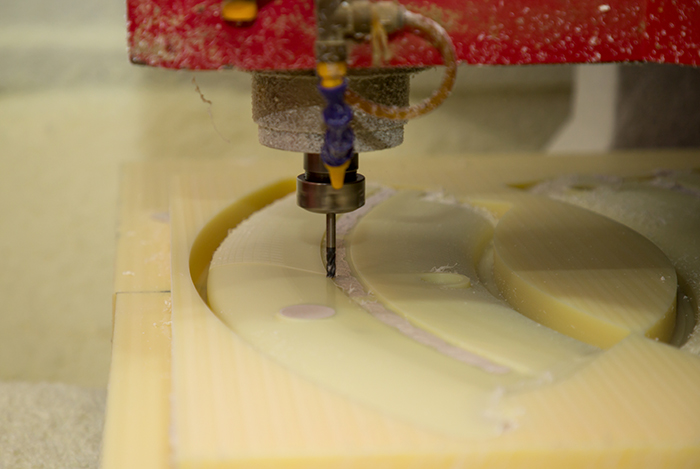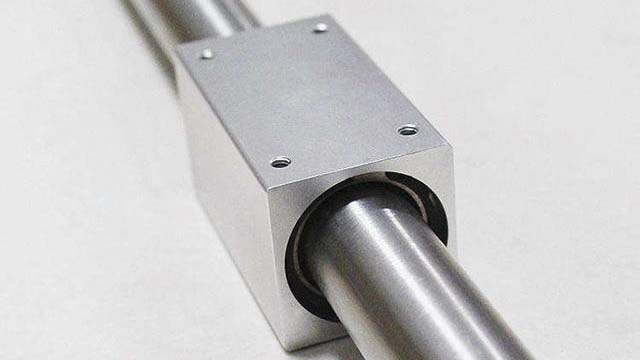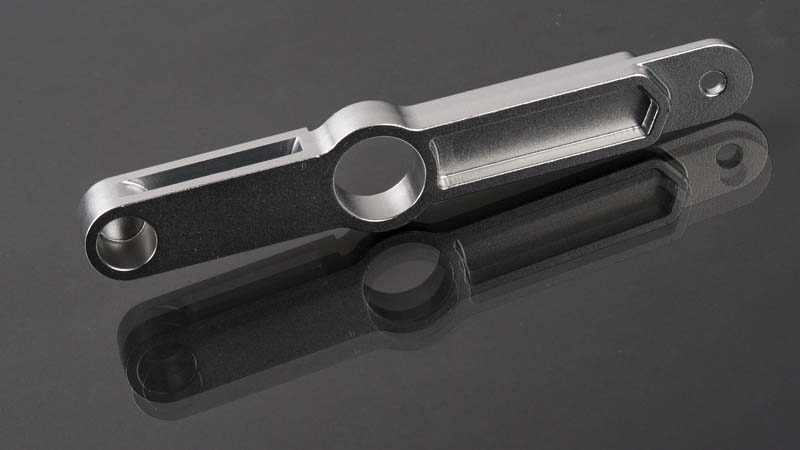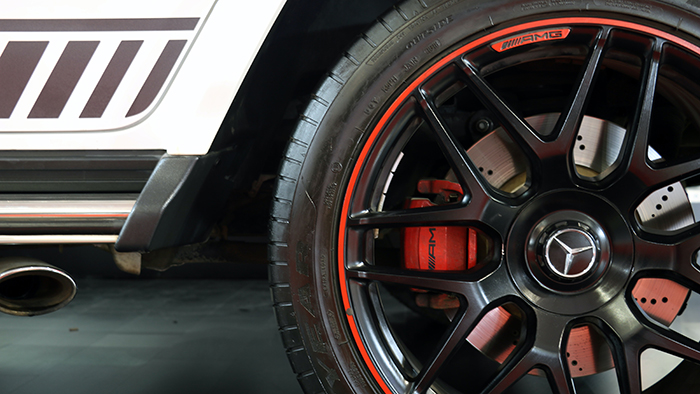In modern industrial manufacturing, precision machining is becoming increasingly mature.
Mastars uses
CNC technology to make
prototypings and mass production, providing customers with
rapid prototyping services and high-precision parts production. CNC should be more and more widely used in today's industrial manufacturing services. Mastars has the world’s advanced
5-axis CNC machine tools and EDM machine tools, more than 20 years of industry experience, and a large number of excellent programming engineers to provide you with high-quality one-stop customized industrial manufacturing services.
The principle of the division of processing steps
Parts are composed of multiple surfaces, these surfaces have their own precision requirements, and also have corresponding precision requirements between them. In order to meet the design precision requirements of the parts, the processing sequence arrangement should follow certain principles.

1. The principle of first roughing and then finishing
The processing sequence of each surface is carried out in the order of roughing, semi-finishing, finishing and polishing, and the purpose is to gradually improve the precision and surface quality of the machined surface of the part.
If all the surface of the part is processed by CNC machine, the process arrangement is generally carried out in the order of roughing, semi-finishing, and finishing, that is, semi-finishing and finishing are performed after all roughing is completed. During rough machining, most of the machining allowance can be quickly removed, and then each surface can be finished in turn, which can improve production efficiency and ensure the machining precision and surface roughness of the parts. This method is suitable for machined surfaces that require high positional precision.
This is not absolute. For example, for some machined surfaces that require high dimensional precision, considering the rigidity, deformation and dimensional precision of the parts, these machined surfaces can also be considered in the order of roughing, semi-finishing, and finishing to complete.
For the machined surface with high precision requirements, it is better to put the part on hold for a period of time between the roughing and finishing processes, so that the surface stress of the rough-machined part can be completely released and the degree of stress and deformation on the surface of the part can be reduced, which is conducive to improving the machining precision of the parts.
2. The principle of processing the reference surface first.
At the beginning of processing, the surface used as the finishing reference is always processed. Because the surface of the positioning reference is accurate, the clamping error is small, so the machining process of any part, roughing and semi-finishing are always performed on the positioning reference surface first , and then finishing is performed when necessary. For example, shaft parts are always roughing and semi-finishing on the positioning reference surface, and then finishing. Shaft parts always machine the center hole first, and then use the center hole surface and the positioning hole as the precision benchmark to machine the hole system and other surfaces. If there is more than one fine datum plane, the machining of the datum plane should be arranged according to the order of datum conversion and the principle of gradually improving the machining precision.
3. The principle of plane first, then holes
For parts such as boxes, brackets, and bodies, the plane outline size is large, and the plane positioning is more stable and reliable. Therefore, the plane should be processed first, and then the holes should be processed. In this way, not only a stable and reliable plane is used as a positioning reference surface for subsequent processing, but also the hole is processed on a flat surface, which makes the processing easier and also helps to improve the processing precision of the hole. Usually, the process can be divided according to the processing part of the part. Generally, the simple geometric shape is processed first, and then the complex geometric shape is processed; the parts with lower precision are processed first, and then the parts with higher precision are processed; the plane is processed first, and then the hole is processed.
4. The principle of first inside and then outside
For precision sleeves, the coaxiality between the outer circle and the hole is relatively high. Generally, the principle of first hole and then outer circle is adopted, that is, the outer circle is used as the positioning reference to process the hole, and then the hole is processed with higher precision. The hole is used as the positioning reference to process the outer circle, which can ensure that the outer circle and the hole have high coaxiality requirements, and the fixture structure used is also very simple.
5. The principle of reducing the number of tool changes
In CNC machining, the machining sequence should be arranged as far as possible according to the order in which the tool enters the machining position.
Mastars:
If your rapid prototypings or functional parts need CNC machining, please contact Mastars, we will develop the best solution for you, provide you with products that exceed your expectations and one-stop service.
Mastars has German HERMLE C22, C42, C62 and other 5-axis machining centers, which have obvious advantages in the manufacture of various precision and complex industrial parts.
Mastars is a global company that provides industrial manufacturing services. Its business scope is as extensive as CNC applications, and CNC is one of its main machining processes. In the manufacture of precision molds, CNC machining is also the main means.
Mastars Industries CO., LTD
www.mastars.com
• Email: marketing@mastars.com
• Tel: +86 755-88210689
• Fax: +86 755-8821 0685
Add: Building 6,Blue Sky Industrial Park, Ditang Road, Shajing Town, Shenzhen City, Guangdong, China











